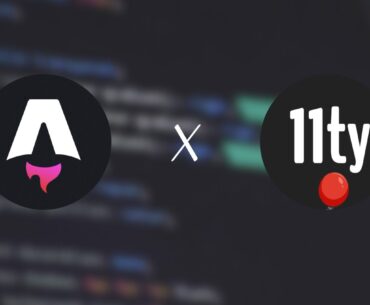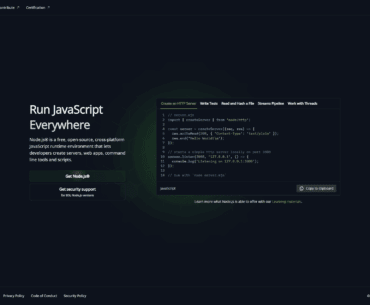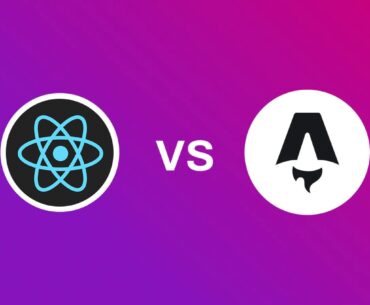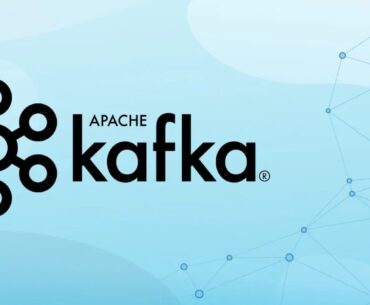To understand where Astro and 11ty stand today, it helps to look back a little at how we got here with static site generators and the “Jamstack” movement. Back in the early web era, many sites were purely static: files in a folder, served as-is. Then dynamic sites…
Varnish Cache is a high-performance HTTP accelerator (reverse proxy) that caches backend responses in memory and serves them without invoking your application repeatedly. In production, it can reduce response times and backend load. The configuration is done via VCL (Varnish Configuration Language), which gets compiled to C code…
The short version: ENOENT is the system’s way of saying “can’t find what you asked for.” In Node/npm land, it most often means the file or folder doesn’t exist at the path npm expects. When you see: npm tried to open package.json in your current directory and Windows…
Nuxt is a Vue-based meta-framework that pairs a modern UI stack with a compact server engine called Nitro. In production, Nitro can run as a Node.js server, pre-render to static files, or target serverless and edge platforms, which gives you several deployment shapes on DigitalOcean. In this guide…
Back in the early days of HTML5, navigator.onLine was introduced as a simple way to ask: is the browser online or offline? In theory, it’s a boolean reflecting whether the user agent is connected to a network. Over time, it became a convenient hook: you can listen to…
Every admin eventually learns The Rule: backups you don’t have are the ones you’ll need. PostgreSQL has multiple backup strategies, from low-friction logical dumps to full-on point-in-time recovery (PITR). In the 2000s, pg_dump became the go-to for per-database logical exports because it’s simple, portable, and version-friendly. Later, parallelism…
Let me take you back. In the early web, we built sites by writing HTML/CSS files and serving them from a server or even a shared host. Interactivity came later via CGI, server-side scripts, and then monolithic CMS-driven sites. Over time we traded simplicity for dynamic features, but…
React originated at Facebook (Meta) circa 2011, formalized as open source in 2013. Its declarative component model, virtual DOM, and unidirectional data flow challenged the stateful jumble of earlier frontends. Over time, React grew a vast ecosystem: state libraries (Redux, Zustand), routing, SSR and hydration patterns, and meta-frameworks…
Kafka is a distributed event streaming platform originally developed at LinkedIn and now part of the Apache project. It excels at high-throughput, fault-tolerant streaming of record/event data. Historically Kafka required ZooKeeper to coordinate cluster metadata, but more recent versions support KRaft mode (Kafka Raft) to externalize that dependency…
Vite emerged to fix the “slow feedback loop” that bundler-heavy dev servers imposed on React projects. Instead of pre-bundling everything, Vite serves native ESM in dev and only bundles for production, which made hot module replacement (HMR) feel instantaneous. Over time it standardized around Rollup for production builds,…
Next.js began as a thin layer over React for server-rendered pages and static exports. Over the last few years it grew into a batteries-included framework: the App Router unified routing, layouts, data fetching, and React Server Components; Turbopack re-tooled the dev/build pipeline; and React 19 landed with improved…
Next.js was originally conceived as a React framework combining server-side rendering (SSR), static site generation, and client-side navigation. Over time, the team (Vercel) realized that developers often need backend APIs alongside their front-end logic. Thus came API routes under the pages/api/ directory: server-only endpoints co-located with your Next.js…
















